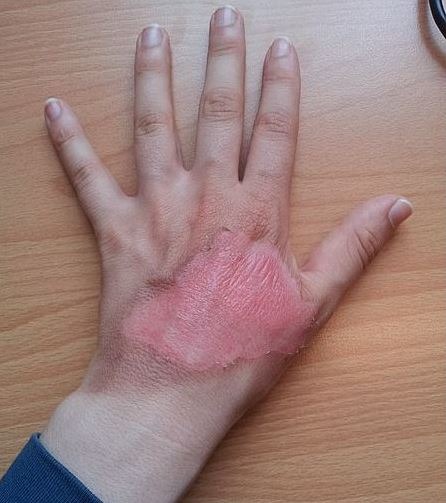Burns are a serious type of injury that can happen anywhere, at any time. Here are six things you need to know about burn injuries at home, so you can be prepared in the event of an accident. 1. Burns can be caused by many different things, including fire, chemicals, hot liquids, and electricity. 2. Burn injuries can range from minor to life-threatening. 3. First-degree burns only affect the outer layer of skin, while second-degree burns extend deeper, and third-degree burns damage all layers of skin and underlying tissues. 4. Treatment for burns depends on the severity of the injury and may include first aid measures such as cooling the area and applying pressure, as well as medical interventions like wound care and surgery. 5. Recovery from a burn injury can take weeks or even months, and severe burns may result in permanent scarring. 6. You can help prevent burn injuries at home by taking some simple precautions, such as keeping flammable materials away from heat sources and never leaving young children unattended near potential dangers.
What is burn injury?
If you’ve suffered a burn injury at home, you may be wondering what to do next. Here are some things you should know about burn injuries and how to treat them.
Burns can range in severity from first-degree (superficial) to fourth-degree (full thickness). First-degree burns are the most common and typically cause redness and swelling. Second-degree burns are more serious, involving the destruction of the skin’s outer layer and underlying tissue. These burns can be extremely painful and often require medical attention. Third- and fourth-degree burns are the most severe, causing extensive damage to the skin, muscle, and bone. These types of burns require immediate medical treatment and can result in disfigurement or even death.
If you have suffered a burn injury, it is important to seek medical attention as soon as possible. Burns can lead to infection, so it is important to clean the wound and keep it covered. You should also avoid touching or scratching the wound, as this can further damage the skin. If you have a mild burn, you can treat it at home by running cool water over the area for 10-15 minutes or using a cool compress. Never put ice on a burn, as this can cause further damage. For more serious burns, it is important to seek professional medical help right away.
What are the different types of burn injuries?
There are three main types of burn injuries: first-degree burns, second-degree burns, and third-degree burns. First degree burns only affect the outer layer of skin, causing redness and pain. Second degree burns go deeper, causing blistering and more intense pain. Third degree burns damage all layers of skin and underlying tissue, often causing numbness.
Burn severity is also classified by the size of the burned area. A burn that covers less than 10% of the body is considered a small burn. A burn that covers 10-20% of the body is considered a moderate burn. A burn that covers more than 20% of the body is considered a large burn.
The most common cause of burn injuries is contact with a hot object, such as a stovetop or curling iron. Burns can also be caused by contact with chemicals, electricity, or extreme temperatures (such as from fire or Frostbite).
What are the common causes of burn injuries at home?
There are many potential causes of the Burn Injury Risk Checker, but some are more common than others. One of the most common causes of burns is exposure to hot liquids or surfaces. This can happen if you spill hot coffee on yourself, or if you touch a hot stovetop. Burns can also occur from exposure to flames, such as when cooking on a gas stovetop. Another common cause of burns is electrical shock, which can happen if you accidentally touch an exposed wire.
In addition to these more common causes, there are also some less common causes of burn injuries that you should be aware of. These include chemical burns, which can occur if you come into contact with certain cleaning products or other chemicals. Radiation burns can also occur if you are exposed to high levels of radiation, such as during cancer treatment. Finally, thermal burns can occur if your skin comes into contact with very cold temperatures, such as when coming out of a freezing-cold pool.
How to prevent burn injuries at home?
There are many ways to prevent burn injuries at home. The most important way is to never leave children unattended near fire or candles. Always keep a close eye on them when they are in the kitchen or near the stove. Keep matches and lighters out of reach and sight.
Another way to prevent burn injuries is to have working smoke detectors in your home. Test them monthly and replace the batteries every year. If there is a fire, get out immediately and call 911. Do not try to fight the fire yourself.
Keep your home clean and clutter-free to reduce the risk of fire. Store flammable liquids away from heat sources and in proper containers. Never smoke indoors, and carefully dispose of smoking materials.
Make sure your appliances are in good working order and do not overload electrical outlets. Have a qualified professional inspect your home’s wiring periodically. Use space heaters with caution, keeping them away from flammable materials and never leaving them unattended when turned on.
By following these safety tips, you can help prevent burn injuries at home.

